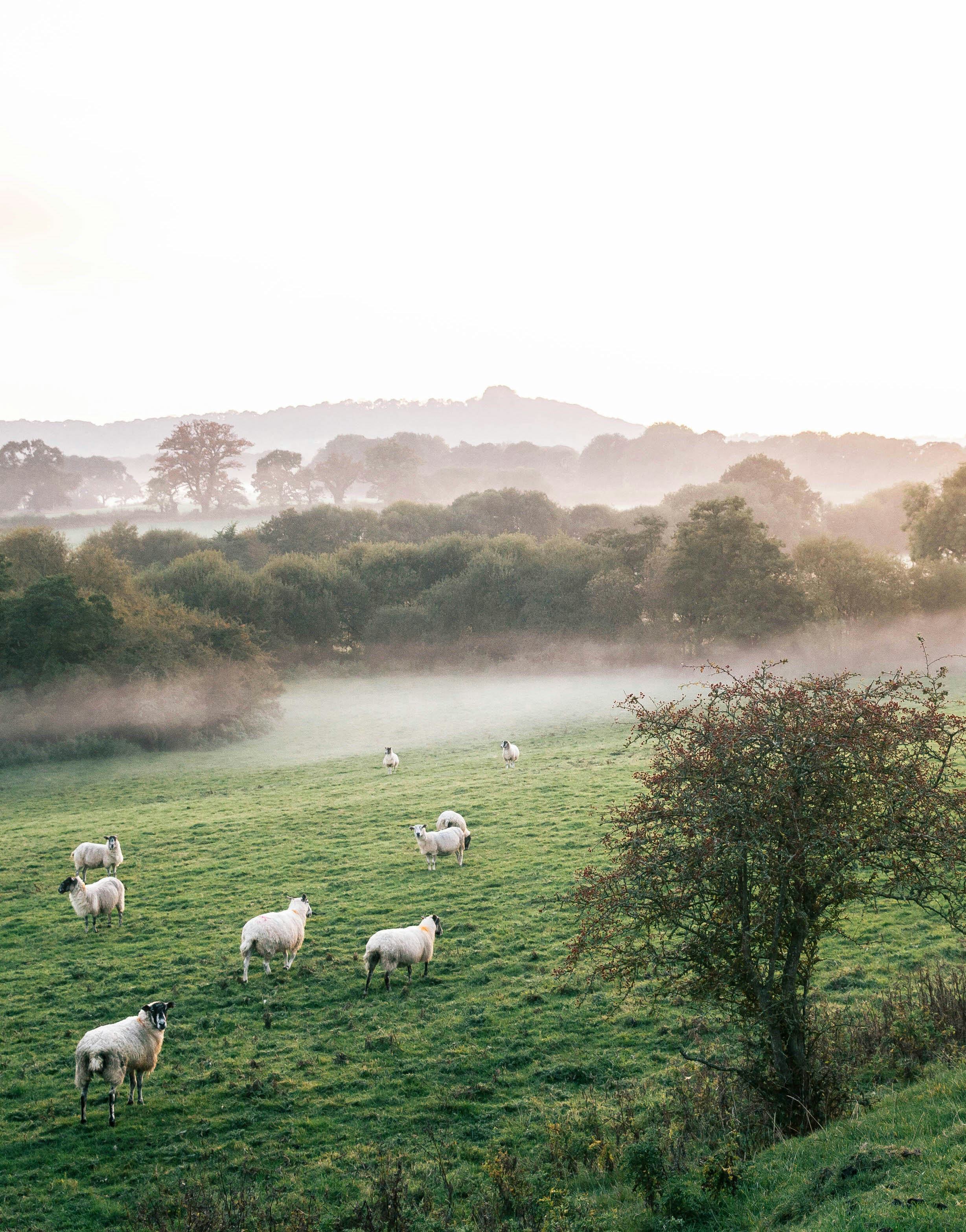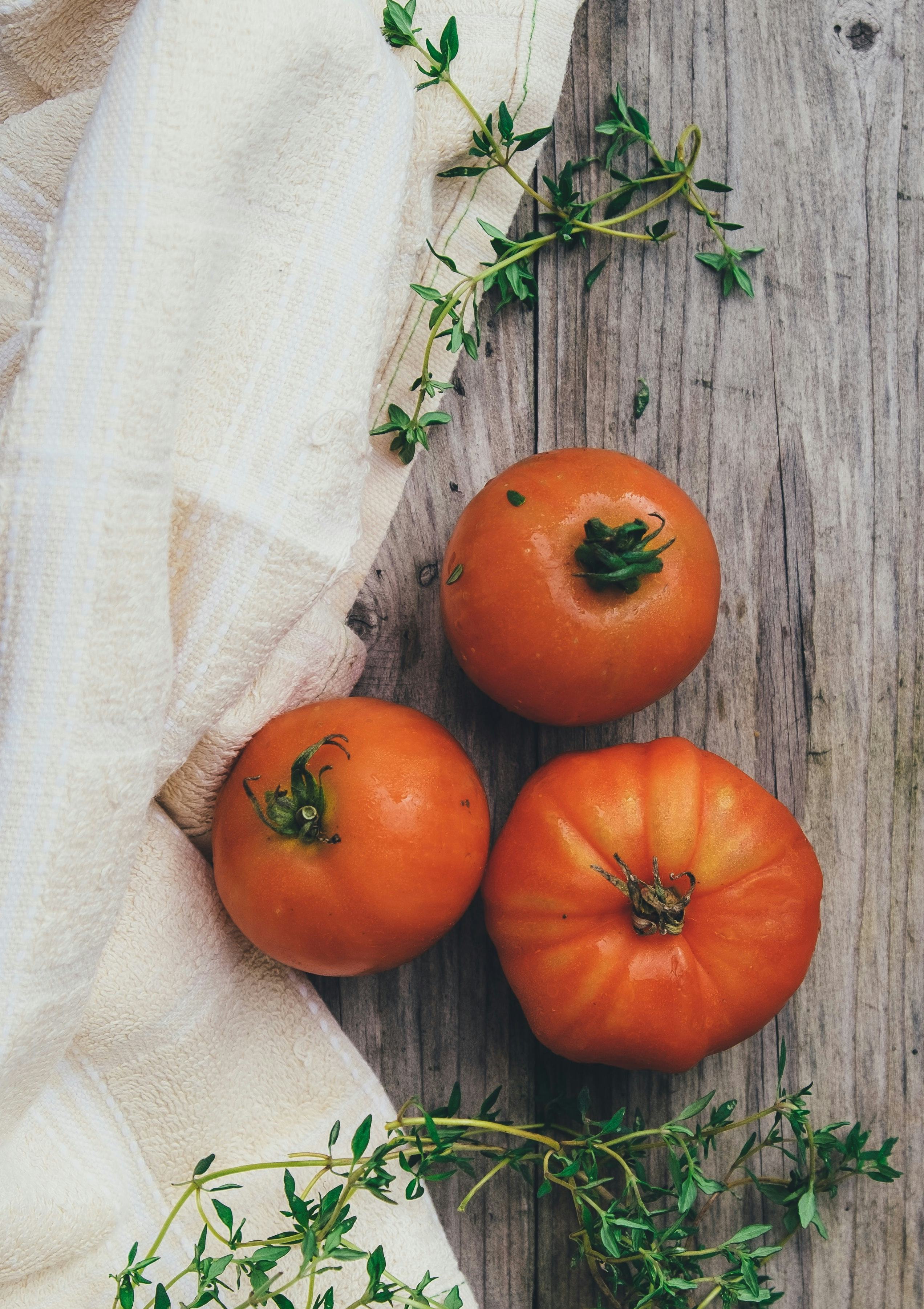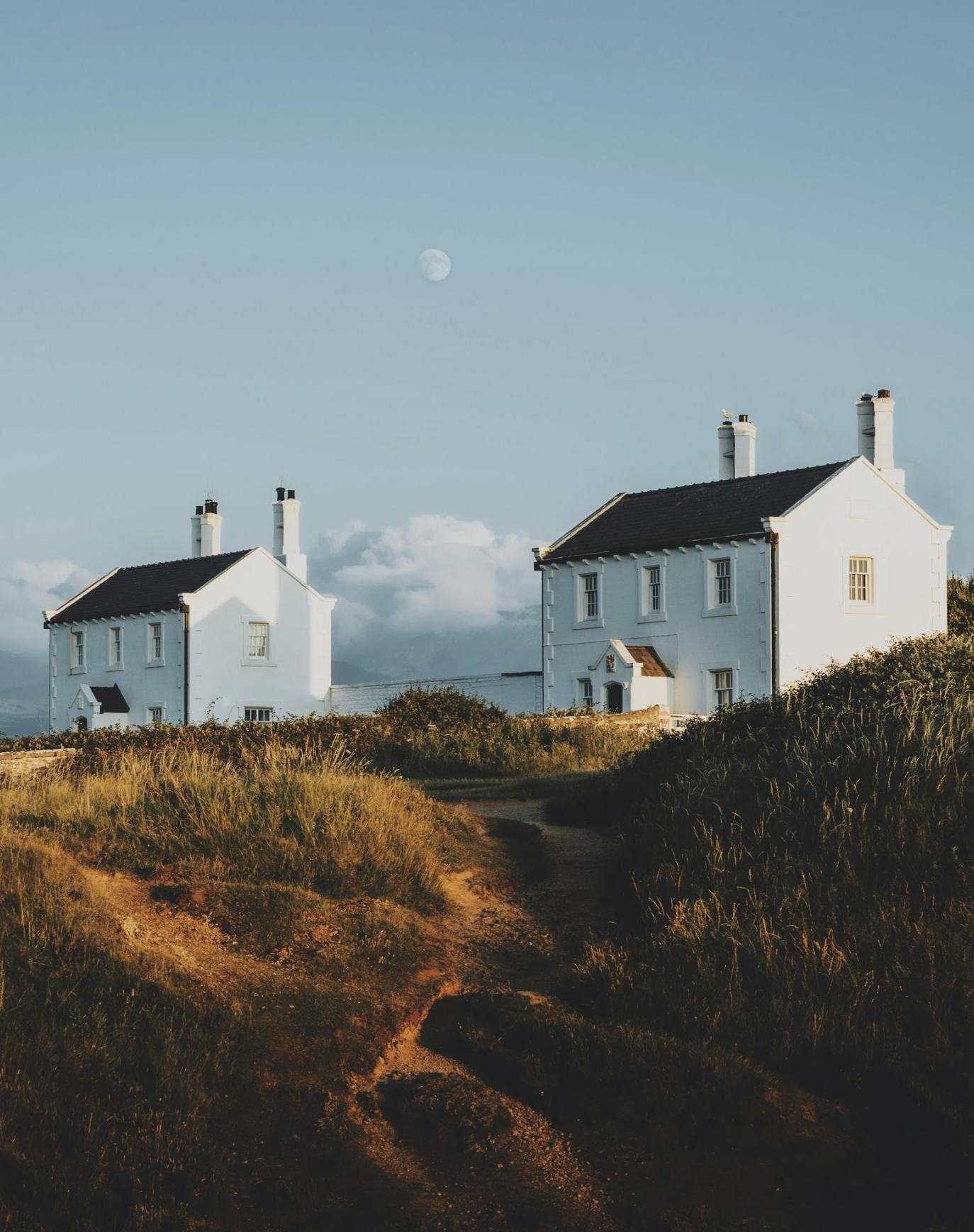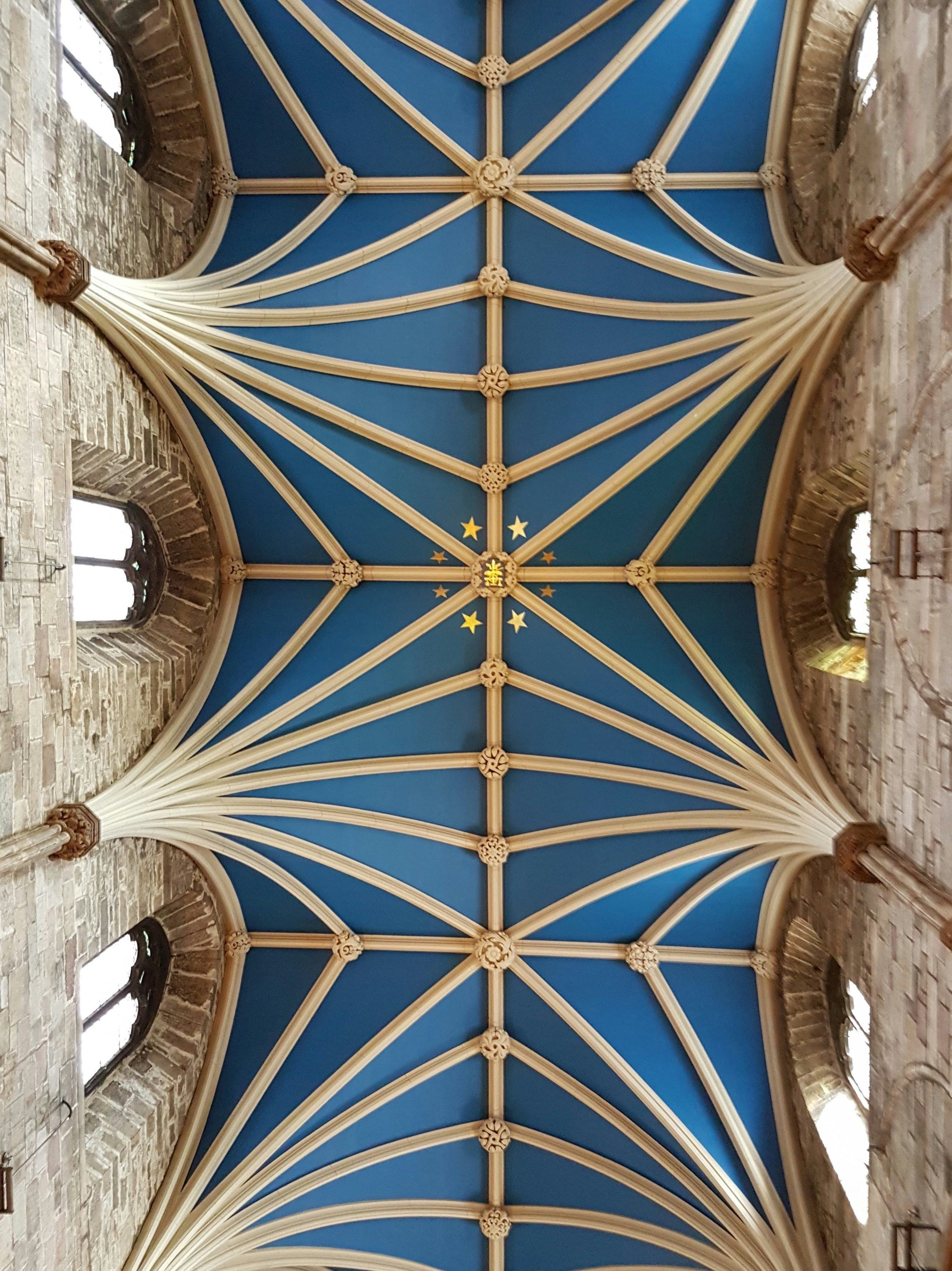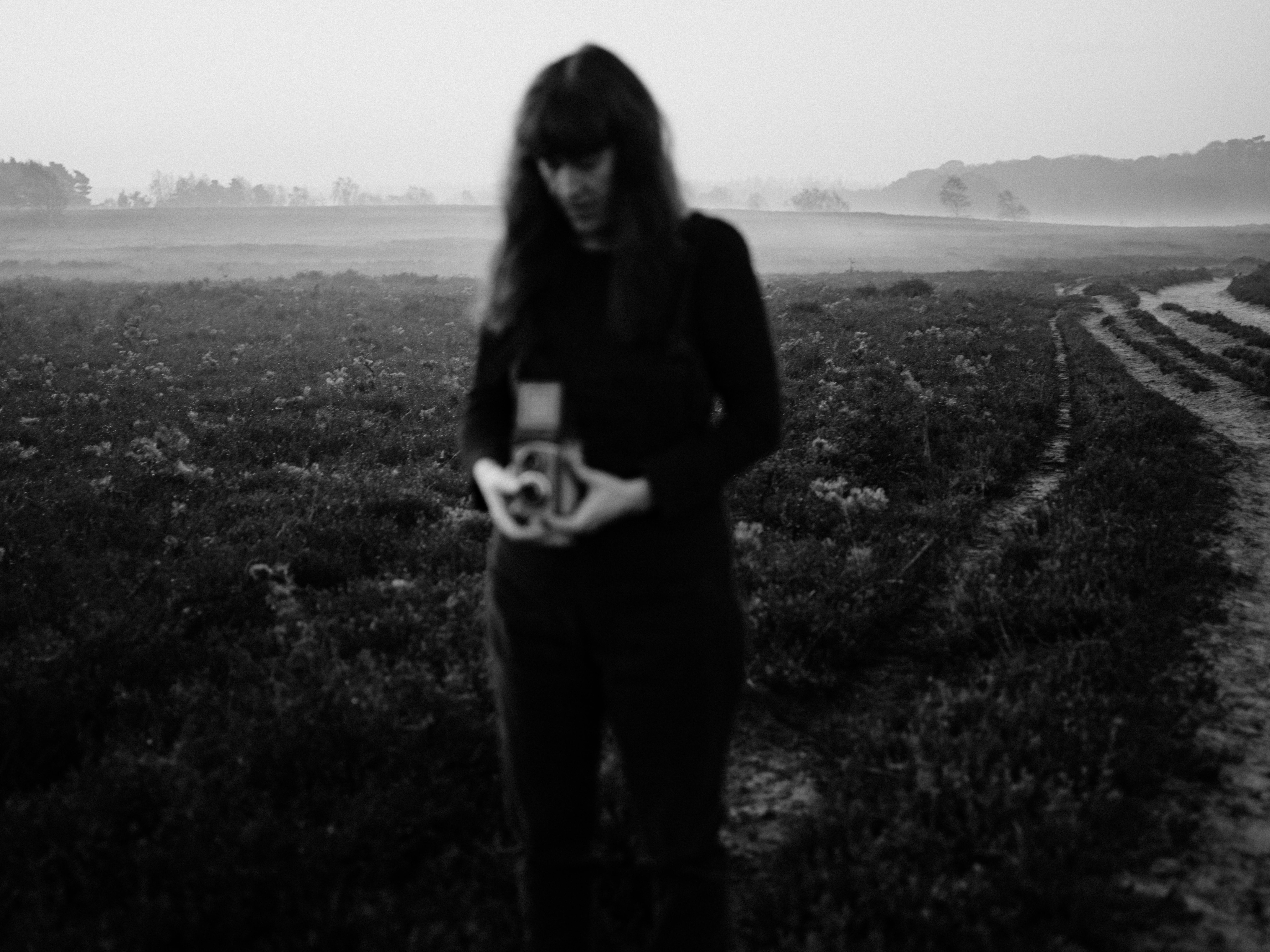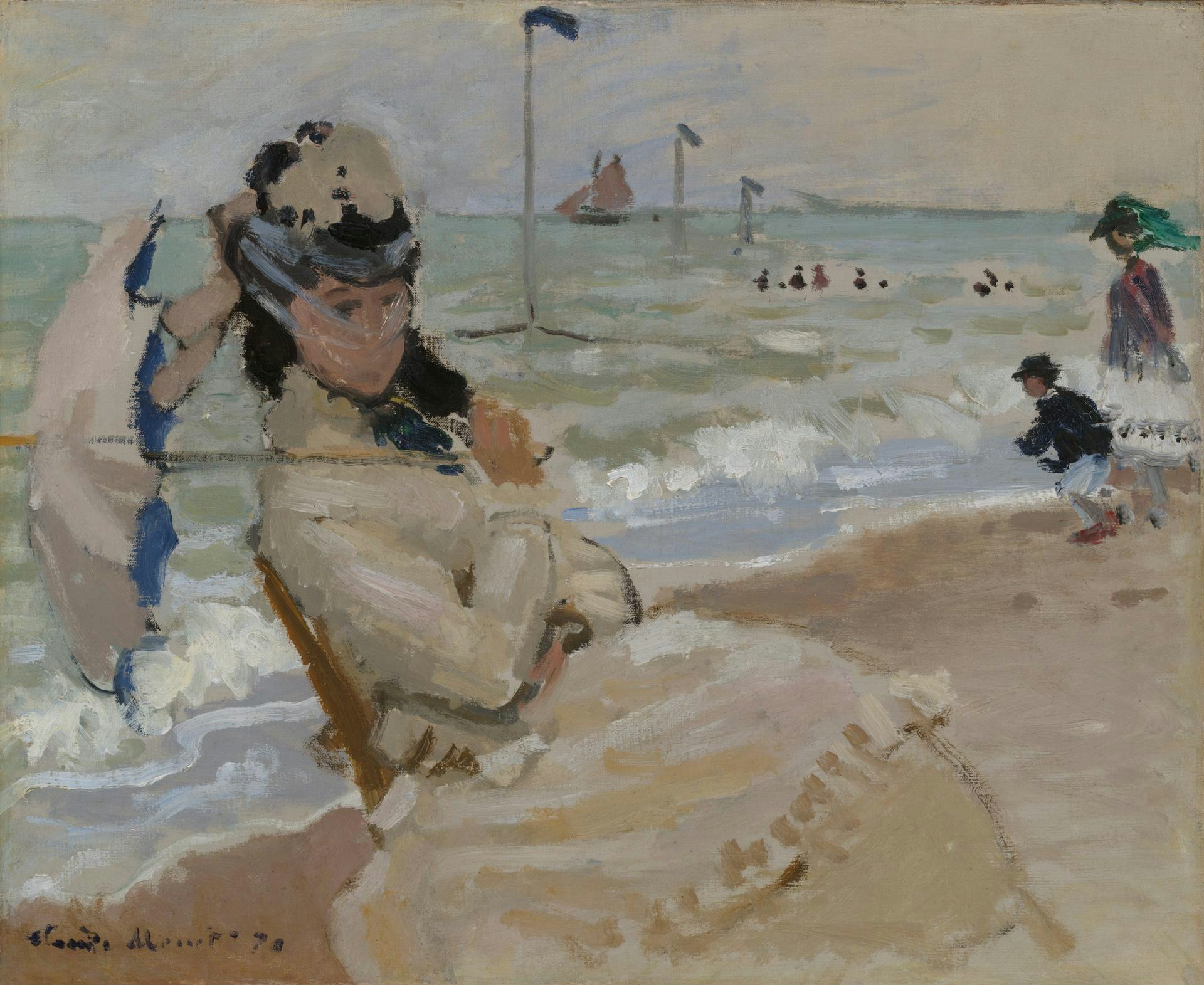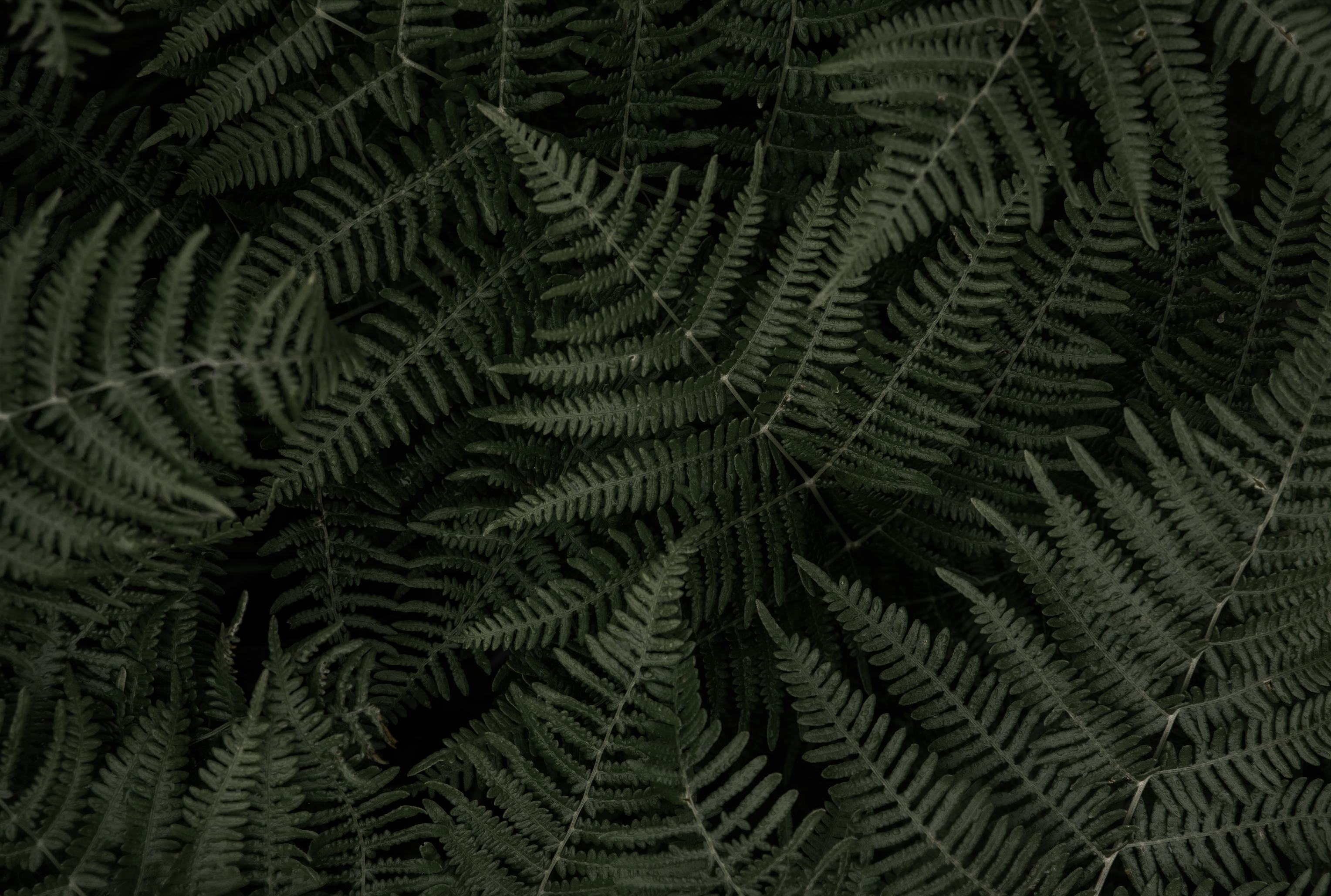On our walk through town, my husband and I passed by an assisted living facility. There were a couple dump trucks in front.
“It looks like they’re doing some construction,” he said. “What do you think they’re building? An addition maybe?”
“I don’t know,” I said. “I can’t see it.”
“You can’t see the tarps?”
“No.”
He looked at me and then back at the building. “Can you read the sign?”
“I can’t see the words but I can tell there’s a sign there.”
He looked at me again. Although he was only a few feet away from me, his face was a little blurry and I couldn’t read his expression. But I could tell he felt bad. And I definitely heard it in his voice. “Oh, Sweet, I’m so sorry. I forget that you can’t see. You just look normal so I forget.”
And so it would go. Over the course of eighteen months my vision would go from not great to terrible.
For as long as I can remember, I’ve been near-sighted, using glasses to see things far away from me. The blackboard in school, road signs on the highway, the faces of other people in the room.
I would learn, though, that there are some things even glasses can’t help you see. Sometimes you need something blocking your vision so you can see it in a new way.
At noon on April 7, 2022, I left work for a doctor’s appointment, signing out to the secretary, I’m going to find out what’s going on with my eye. For a week, I had been having trouble focusing. My eye doctor showed me the scan of my detached retina in my right eye. You need surgery, he said, I’m going to call the retina specialist now. You’ll need to call someone to drive you there.
I went from being a person to being a patient in the blink of an eye.
After a series of tests and photos, the retina specialist scheduled surgery for the following day. It was a success. The outlook was much better. I did not go blind in that eye. But my vision wasn’t completely restored to normal. I still had trouble focusing, and, as a result of the surgery that saved my retina, I would soon develop cataracts.
In July 2022, my eye doctor detected the cataract in my right eye and referred me to a cataract specialist. By the time I was able to get an appointment with him, it was June 2023. At that appointment, the cataract doctor noted a cataract in my left eye as well. I’d noticed my vision in both eyes worsening over time. Now I understood the cause. Cataract surgery was scheduled for September 7 and 21, 2023. First the right eye and then the left.
Over the course of those seventeen months, with my eyesight slowly deteriorating, I had to make adjustments. The trip to my eye doctor’s on April 7, 2022 was the last time I would drive on the highway until after my cataracts were taken care of. On June 28, 2023, I decided to stop driving altogether after I’d been driving to a friend’s house and had seen something on the side of the road. It wasn’t until I was right in front of it that I realized the thing I had seen was a person.
That was at the beginning of the summer. As a substitute teacher, I don’t work over the summer anyway, so it wasn’t like not driving was going to alter my life in any major way. If I needed groceries, someone else could pick them up or I could have them delivered to the house. My daughter was home from college. She brought me to doctor appointments. I was able to get by, but not driving at fifty-two years old after having driven since I was sixteen was humbling. Relying on other people in an area in life where I’d previously enjoyed such freedom was new. And it would become my new normal. So there was lesson number one: we need each other.
Not having to work all summer, I could do whatever I wanted. Or I could do nothing at all. Which is what I really felt like doing. I went through a course of the blues. I didn’t do much for the first half of summer. If I’m honest, I was probably depressed and feeling sorry for myself. I vacillated between giving myself grace and allowing myself to feel whatever it was that I was feeling and giving myself time to sit with it, and making myself do something just to get some momentum started. Was I going to waste my summer moping around?
Then the tipping point.
My husband built a small balcony off our bedroom. Something he’d wanted to do since we built the house twenty-three years ago. He cut forty pickets for it. He asked me to paint the pickets and he would install them once they were done. It was such a small part of the entire project. Here he had planned everything out, bought all the materials, brought them back to the house, measured, cut, hauled everything up to the second floor, placed, and hammered the entire thing. All I had to do was paint forty pickets. I did not feel like doing them. At all.
Mind you, it’s not that I am opposed to painting pickets. Since we’ve lived here, I’ve painted the picket fence several times, the pickets on the porch, the pickets on the deck (and, let me tell you, there are many!). What was my problem? Is this what it felt like to be depressed? To have no motivation to do even an inkling of the things you formerly did without a second thought? It was sobering.
I have a friend who doesn’t always feel like getting up and going to work. He goes anyway. That thought was enough to propel me down to the garage for the paintbrush, the drop cloth, the saw horses. If he could do it when he didn’t want to, I could certainly try. Magically, once I got started, I was fine. The momentum would carry me through the summer and beyond. Sure, I still had my blue moments and sometimes I’d cease productivity on the yardwork or the housework around two in the afternoon and just cry or lie down for a while, but it was progress. Even though I never made it to the beach, I spent a lot of time visiting with family and friends. They would come over and we would just sit and talk, something I wouldn’t normally make time to do quite so often. Most of all, I wasn’t spending the whole day doing nothing–something I knew I’d regret come the end of the summer.
I thought about all the people in worse situations than me, and thinking about how so many people have overcome so many challenges in their lives and actually flourished. Here I was with a temporary set back. It wasn’t going to last forever, but it felt like my mood was going to last forever. But that was up to me. And I knew it.
Shortly before I’d given up driving, I’d joined a women’s group in my church. We met at a friend’s house. I’ve been in women’s groups before. Usually, I was one of the younger members. In this particular group, age wise I was in the middle. I found that not only was I learning from the older women in the group, I was also able to share some hard-won wisdom with the younger women. If I wasn’t driving anymore, did that mean I wasn’t going to be in the group anymore? If that was the case, then I would be missing out on learning and also on sharing my faith journey. Even though I couldn’t drive, I could still talk. I still had a lot to offer, and I needed to keep doing that. I decided to start focusing on the things that I could still do.
I discovered that those things surpassed the things I thought I was missing out on. I could be present for my family and friends. I could listen. I could talk. I could just be with them. Some things I sometimes forget to do when I’m too busy doing other things. So I made arrangements for my family to drive me to and from the meetings. It turned out to be quality time with them. What had started as a problem turned into a blessing.That wouldn’t have happened if I was completely independent and didn’t need to rely on them or hadn’t asked for help.
With my world growing more blurry everyday, I had to try harder to see beauty. I made it a close up summer. For the first time, I planted a garden of zinnias, cosmos, and tithonia. All three were a glorious success. I made it a point to visit the garden everyday to make sure they would be properly appreciated. I celebrated each one, taking it in my palm, snapping a photo, smiling at its beauty. From the garden of blooms, I wandered around the yard, taking in the other flowers that were blooming–the purple coneflower, roses, black eyed Susans.
As the flowers faded, I made sure to continue my visits. I watched as speckles invaded the leaves, the petals turned brown, the blossoms pushed forth their brown and black seeds. As I drew each dried flower head closer to my eye so I could properly inspect it, I saw the garden in a new light. The flowers were there not only to bring me joy on a daily basis, but also to produce more seeds. An arkful of seeds. To leave a legacy of beauty. So that even when they themselves are gone, their progeny can bless me or my children or whomever frequents this garden next year or in the years to come. Those brown flower heads I used to find so ugly suddenly became so beautiful to me. So much promise is hidden in those tiny seeds. I only saw it because I couldn’t see much beyond it.
For as long as I can remember, I’ve been near-sighted, using glasses to see things that are far away from me. These days, since my cataract surgery–nothing short of a miracle–I’m far-sighted. I can see the board at school, the signs on the road (even license plates!), the faces of the people I love. But I do need glasses to see what’s right in front of me. Books, computers, a sliver in my finger. That concept never made sense to me. If something is out of focus, wouldn’t you intuitively draw it closer to you in order to see it more clearly? Why would you need to hold it farther away from you in order to gain a better perspective?
Now I see. Sometimes distance grants clarity. Although I don’t ever want to go back to having blurry vision, I don’t want to forget what it was like to not be able to see clearly. I don’t want to forget the lessons I learned. That our eyesight is precious. That we need other people. That everyone is going through something whether we can see it or not. And that the world and the people in it are profoundly beautiful.
Amy Nicholson finds grace in ordinary places. She writes by a waterfall in northwest Connecticut where she lives with her husband and their three amazing kids, an aloof cat (aren’t they all?), and a black lab who doesn’t know she’s not a human. She has been published in Country Woman, Green Mountain Trading Post, Today’s American Catholic, among other places, and on her website.
Discover more from Amy Nicholson .
